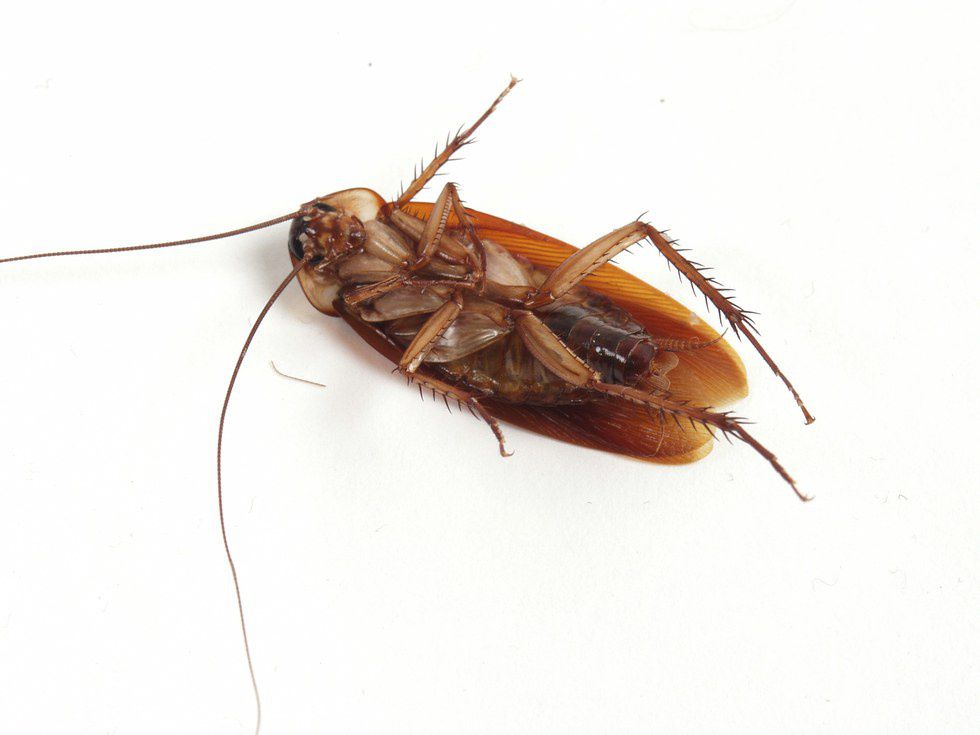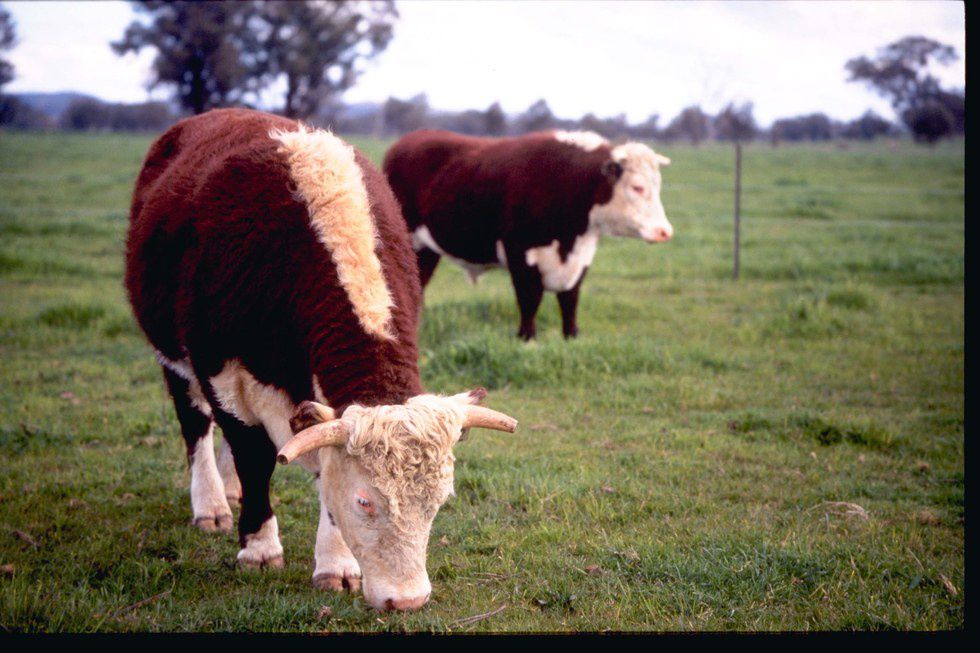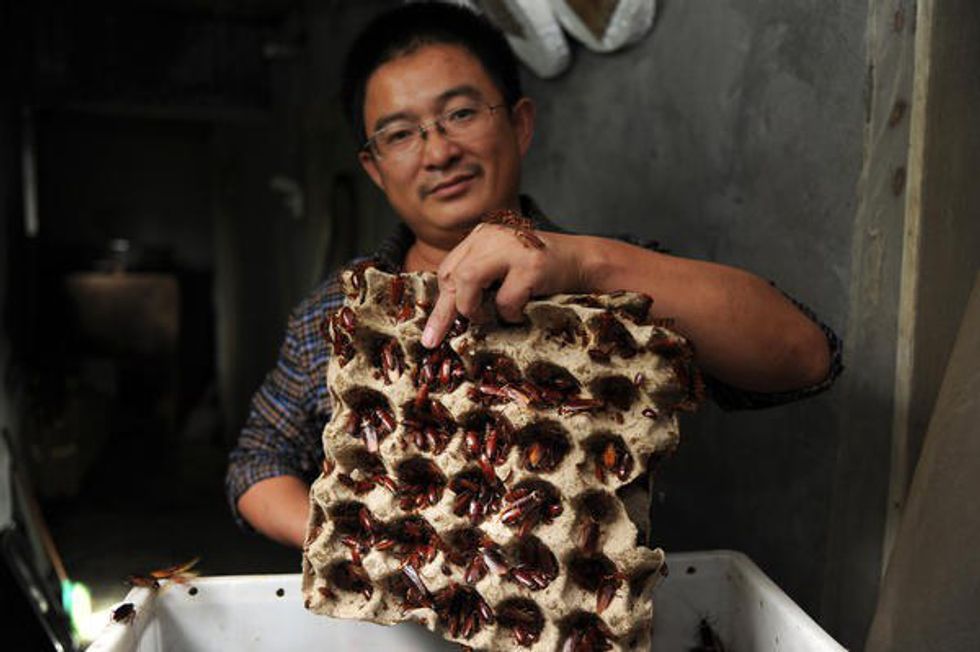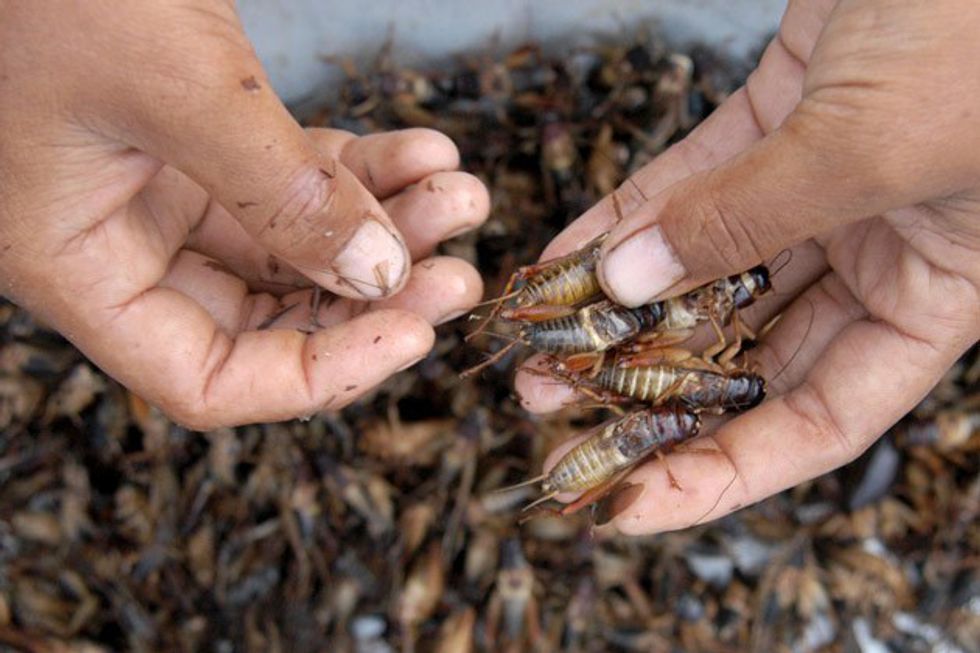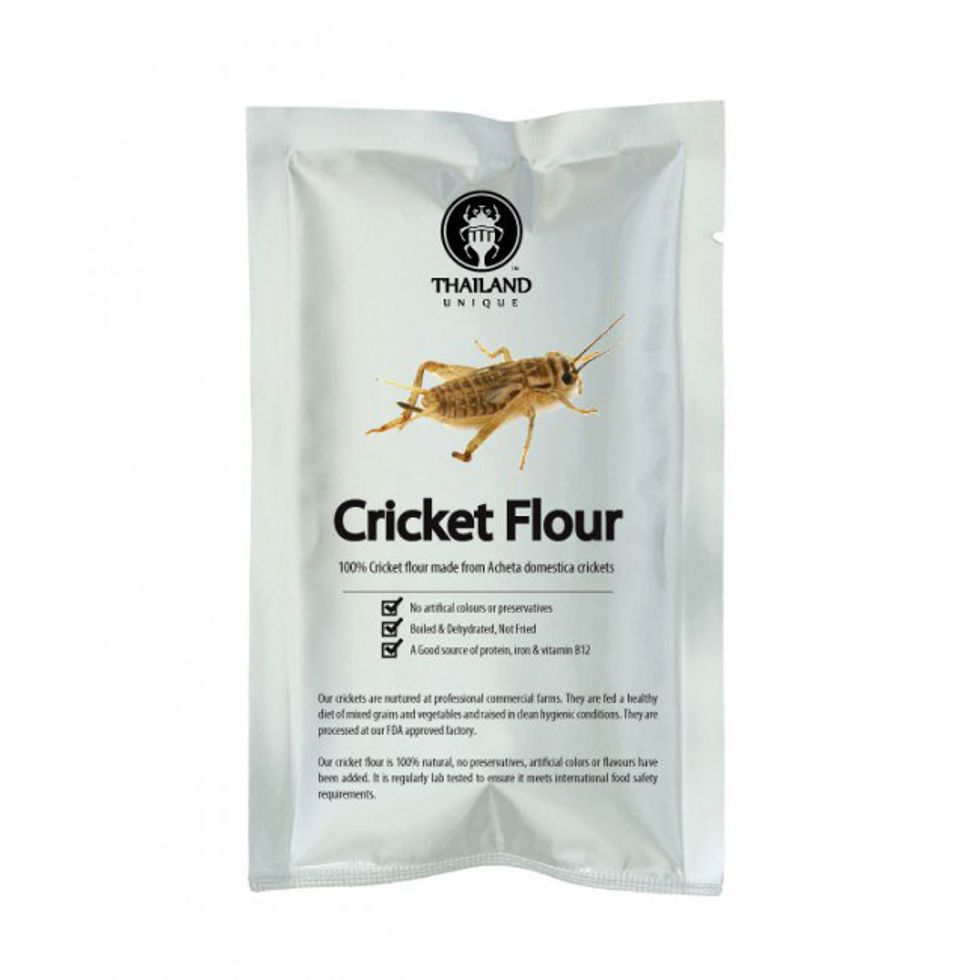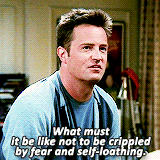Just the other day, my mom forced me to pick up a dead cockroach from inside her office and take it outside. Little did I know that the pesky, hard to kill, ancient insect I was removing could one day be a lifesaver. Let me explain.
Population control and overpopulation have been major issues facing the world for the past several years. And while we continue to look for solutions, we are add over 70 million people to our planet, each year. Researchers estimate that our world population will reach over 9 billion by 2050. With all of these mouths to feed—having used 70 percent of all Earth’s agricultural land and 30 percent of the total land on earth—we must make a change to the way we receive our protein. This is where insect harvesting comes into play.
But to begin, it is necessary to understand the toll raising a cow has on our environment. For a cow to graze properly, it needs 1.8 acres of land. Therefore, to produce 675 lbs. of beef — enough to feed one person 8 ounce portions every day for 1350 days — we need 1.8 acres of land. With our growing world, this simply will not suffice. Cows are already subjected to tightly packed environments in order to produce as much meat in as little space as possible. As the population grows, and more cows are needed, where will this space come from? And, to top it off, all we have talked about here is land usage. To raise a beef cow, it takes 1,799 gallons of water. To produce a little over 2 lbs. of beef, more greenhouse gases are emitted than driving a car for 2 hours and more energy is used than leaving all the lights on in your house for the same amount of time. Land, water, and energy are used in abundance to supply us with beef. A growing population cannot continue to eat meat in the same fashion.
Alternatively, according to Aaron Dossey, Ph.D., founder/owner of All Things Bugs LLC, "Insects require less feed, less water, less land and less energy to produce and their production generates substantially lower environmental pollutants, such as pesticides and greenhouse gases". For example, a cockroach farmer in China can house up to a million cockroaches in a decent sized room and feed them practically anything. Further, while land and resources to produce meat are running out, there are 10 quintillion insects on Earth, meaning each human can have 200 million bugs.
While eating bugs, cockroaches included, is popular in countries such as Mexico, Uganda and Thailand, America and other modernized countries must get over the 'ick' factor. According to Laurie Keeler, Senior Manager of Food Product Development at the Food Processing Center, "It's a cultural barrier that has to be overcome. We have spent a lot of time worried about insects getting into food; now we want to encourage eating insects as food." As I have mentioned before, we cannot continue expecting to eat beef as often with the growing world we live in. It takes too much energy, water and land and causes too many harmful emissions. Eating meat is literally helping kill the world.
What most people do not realize is that there are plenty of environmentally conscious ways of obtaining protein. Bugs are one of these options. While beans, tofu, various types of milk, vegetables and grains offer protein, insects are one of the best sources of high-quality, highly digestible protein.
Some insects can be up to 80 percent protein by weight, offer more essential amino acids than most animal proteins and are rich in nutrients such as omega-3 fatty acids. On a dry weight basis, crickets can offer as much omega-3 fatty acids as salmon!
But how do we get the pesky modern society to eat these obviously more sustainable sources of protein? We hide it!
I believe that the only way to open up the idea of consuming these critters is to “hide” them in certain foods. By hiding, I mean eliminating the bug-look. For example, cricket flour is a wonderful way to start introducing insects into your cooking. Cricket flour works just like regular flour and can be added to any baked good, sauce, breading and really anything that requires flour. And from personal experience, they taste just the same! In fact, most insects taste like what they eat. Chefs, for example, feed their crickets basil to give them a gourmet flavor. While this isn’t to say if you feed crickets cookies they will taste like cookies, the options are plentiful in this world of cooking with bugs!
While cooking with insect flours or eating a basil cricket may not reduce the amount of meat we eat right away, it introduces the idea of insect eating into a very modern world. As we become more comfortable with the idea, we may begin to branch outward and try all sorts of bugs. After all, it may be the only way, come a few years, to get the protein we need.




